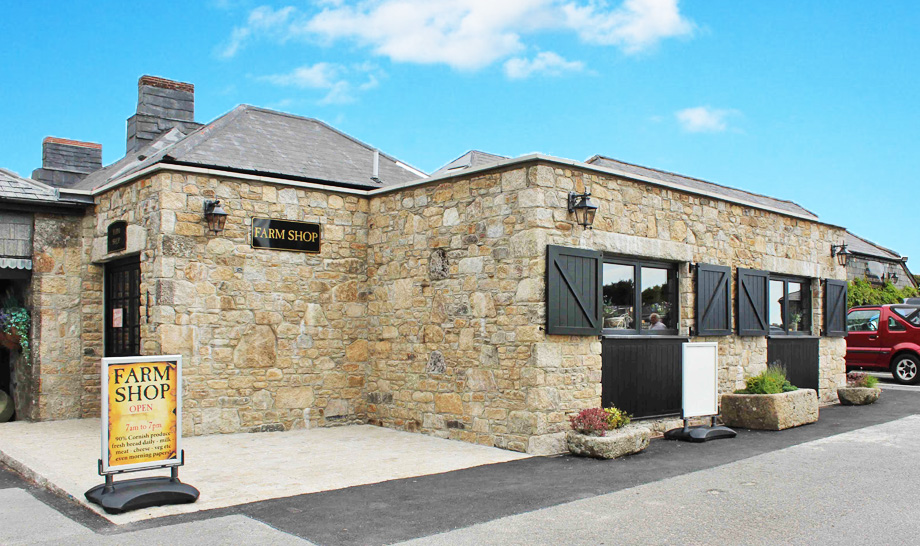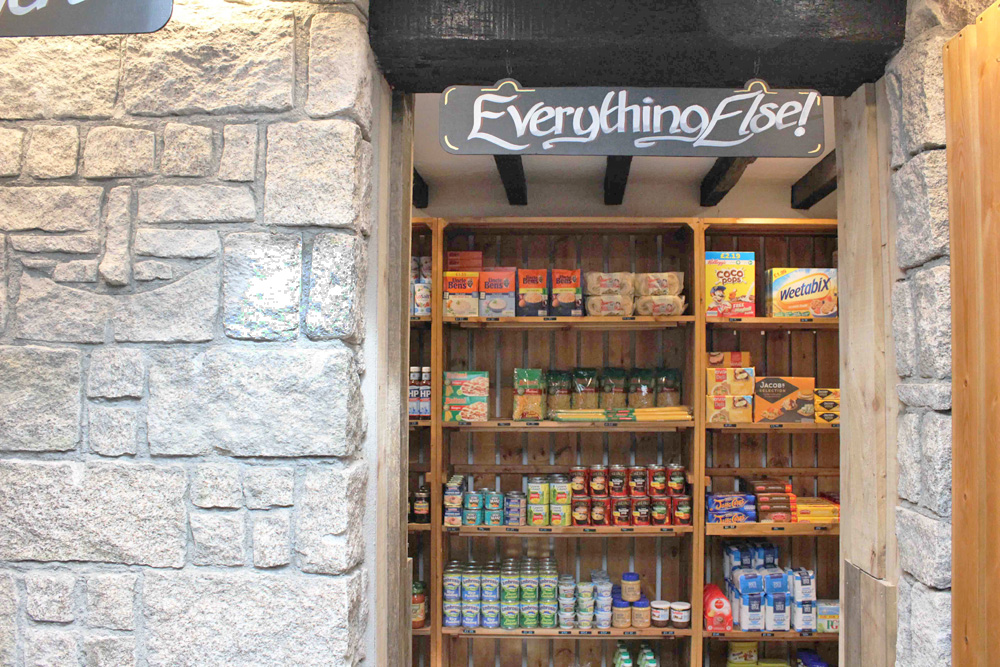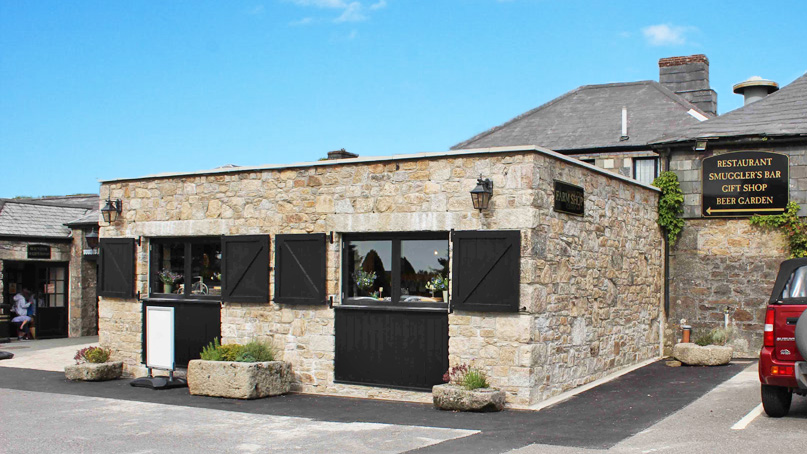Jamaica Inn granite farm shop now open
Tuesday, 13 September 2016 13:58:28 Europe/London
Jamaica Inn
After months of hard work, the farm shop at Jamaica Inn has been completed and is now open to the public. The beautiful extension has incorporated Lantoom Cornish granite to achieve an in-keeping section to this historic building. But it doesn't stop there.
Even the interior has made use of inspiring natural stone to really add character to the inside of the shop, this was achieved by using our Portuguese granite.
Jamaica Inn, situated in Bolventor, Cornwall was built in 1750 and made famous by a book of the same name written by Daphne du Maurier in 1936. We hope it will remain for at least another 266 years, continuing to inspire visitors and locals alike.
Made in Cornwall
Friday, 10 February 2017 10:56:57 Europe/London
Made In Cornwall
Lantoom and Caradon stone are now part of the made in Cornwall scheme.

Look for the 'Made In Cornwall' badge at the top right of the product image to confrim its Cornish orgins.
Lantoom to the rescue
Thursday, 25 May 2017 12:01:13 Europe/London

Lantoom's new guest
Recently Lantoom had a new and unusual visitor to the quarry. However this visitor wasn't interested in stone, he in fact was a buzzard (which we later called Bernard). It appeared poor Bernard had some sort of injury which prevented him from flying very far.
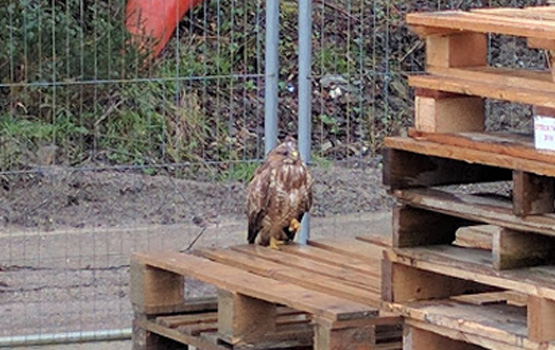

Bernard the buzzard
Spotting the bird, we decided to call the RSPB. Bernard was collected later on in the day and is in good hands. The RSPB informed us that sometimes buzzards like Bernard can become fatigued due to lack of food, this is why he was unable to fly. We thought we would share with you some of the great shots we got of Bernard whilst we waited for him to be rescued. We wish Bernard a speedy recovery
Performance for a rock
Wednesday, 26 July 2017 13:54:59 Europe/London
KARST
Caradon Stone has features in a exhibit at KARST in Plymouth. KARST is the largest independent contemporary art venue in Plymouth, comprising a free public gallery space and artists’ studios.
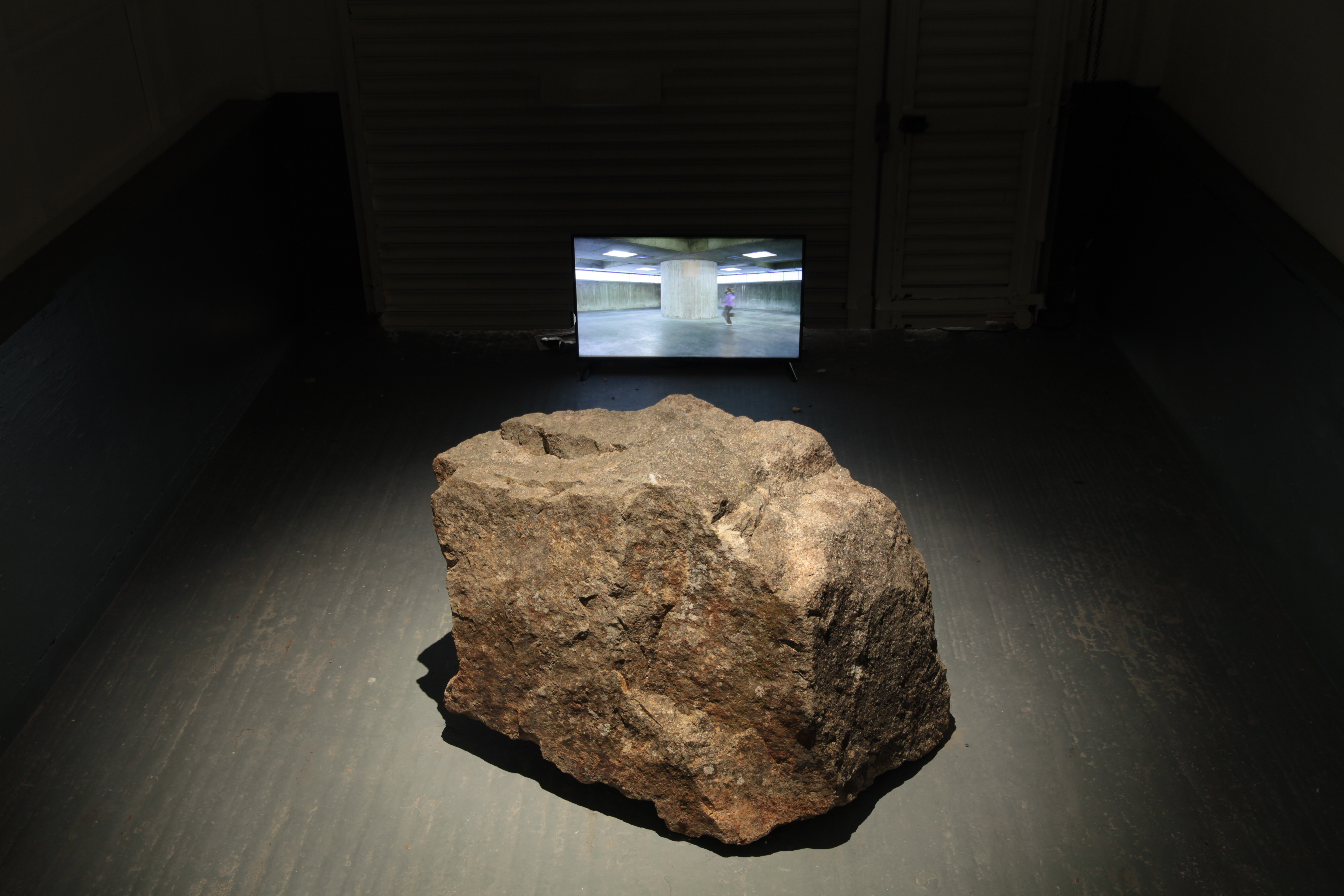
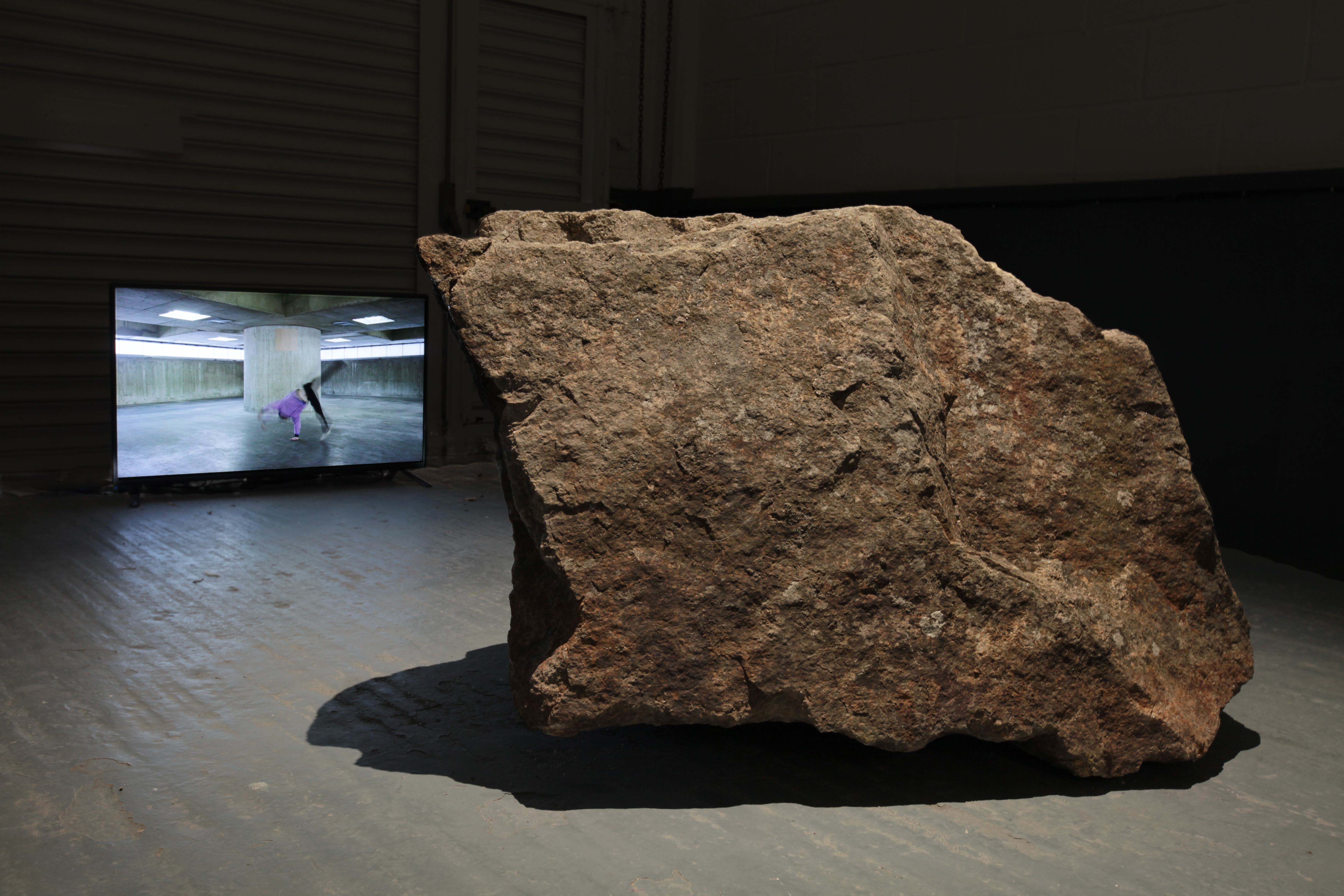
Interesting
The exhibit has come to and end. However you can find out more about the piece using this link:http://karst.org.uk/exhibitions?link=augmentedgeology
The therapy of drystone walling
Friday, 16 November 2018 11:32:59 Europe/London
Relaxing
We all need a hobby, a way to unwind. Some find the simple task of doing a jigsaw puzzle relaxing, others sitting in front of a warm fireplace and reading a book and some people have been taking up dry stonewalling. But what is it about the art of creating or maintaining a wall using natural stone and earth that some find so relaxing?

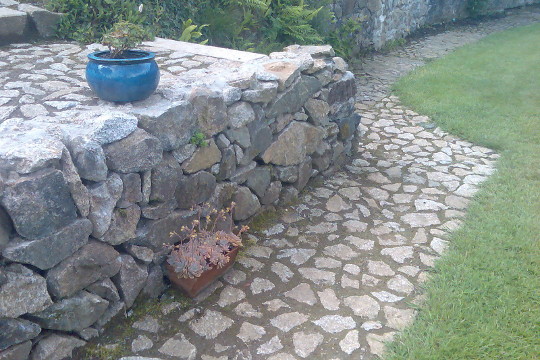
Celebrity approved
If you have ever built a drystone wall I am sure you would have experienced that feeling of accomplishment; the moment when you step back and admire your work. Really, when you look at it, its not that far removed from the jigsaw puzzle I mentioned earlier. Each stone has a unique shape and somehow this all comes together to create a final picture. Even Pop Idol star Will Young has been using drystone walling as a therapy since suffering from anxiety and depression. I thought he was into Pop not Rock.
Just what the doctor ordered
However, all joking aside, it seems that more and more people are discovering the delights of drystone walling and its benefits to our mental well-being. Who knows, doctors may prescribe a healthy dose of walling in the future.

History of quarries in England
Thursday, 30 May 2019 10:40:04 Europe/London
Stone Age
With our reliance on render and brick for building structures, the use of stone and therefore quarries has decreased throughout the modern age, but this wasn’t always the case. If we were to journey back to 4000BC we would find a different story. No, we wouldn’t find Fred Flintstone sliding down a dinosaurs neck whilst screeching Yabadabadoo. Instead we would find the early hunter-gatherers. Stone, namely flint, that was quarried in “The stone age” and was mainly used for hunting and creating tools.
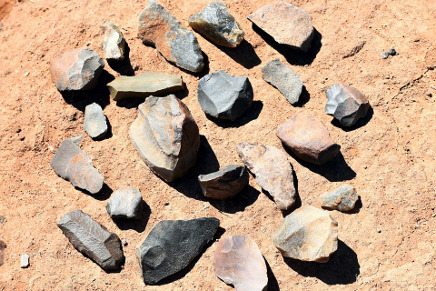

The Invaders
This trend followed us through 1600 years until we arrived at the bronze age (2400BC approx.) Tin and copper was now our preferred material for creating tools and weapons. Then came the Romans in around (40AD) they brought with them the knowledge of building houses with stone as well as long strait roads. The Romans left after about 400 years and unfortunately so to did a lot of there know-how and technology. Finally when the Normans invaded in (1066AD) they built castles, cathedrals and churches out of stone.
Modern day
This brings us through to the modern day. Stone was such and important part of our history and still plays a key part in creating lasting buildings to this day. It seems stone has lasted the test of time and still proves the best choice when it comes to building a better world.
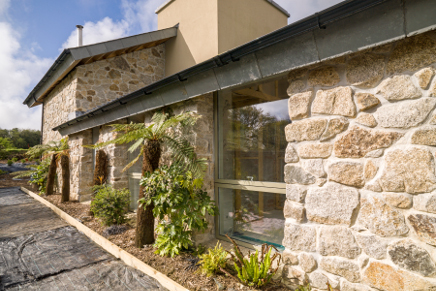
Choosing the right walling stone
Friday, 14 June 2019 13:50:28 Europe/London
The choice
Choice is good, we love choice. But sometimes when there is so much to choose from picking the right option can be daunting, especially when you may be relatively new to the field. Building a stone wall is no exception. With so many types of stone and so many grades of stone, finding the right stone can be a headache. This article is here to help by asking a few questions to ascertain what option is best for you.
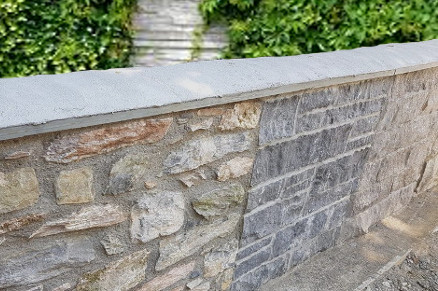
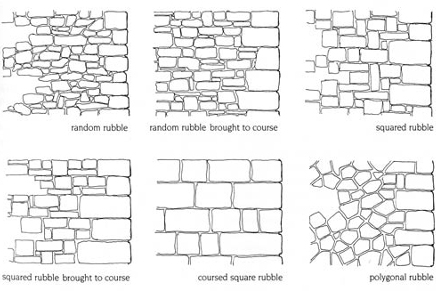
Style
The first thing to consider is restrictions. Do you have a bed depth limit i.e. can you only allow your stone to go back into the wall 6” (150mm) for instance. Once you have decided what bed depth to go for its time to move on to preference. Are you after a random rubble appearance or something a little more coursed? See example on left.
Narrow it down
Once you have decided these factors its time to decide which stone to go for. Each stone has different colours and properties. At this point it may be worth looking at some of the types of stone available at Lantoom. We have slate, granite, limestone and sandstone walling options, we also have sample panels for those who would like to see the stone in person. Applying all these factors you should come to just 2 or 3 options and from there the choice is up to you. If you still are unsure give us a shout our staff are happy to help.
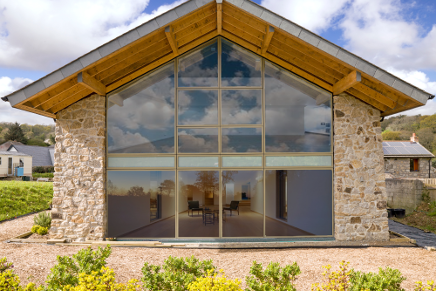
The world's biggest drystone walling project
Friday, 21 February 2020 10:59:22 Europe/London
The idea
Since 2014 Mark Ellis, a drystone waller, has been creating what will be the largest dry stone wall construction in the world; a dry stone maze in Dalby Forest, Scarborough. Once complete the project will consist of over 4000 tonnes of walling stone.
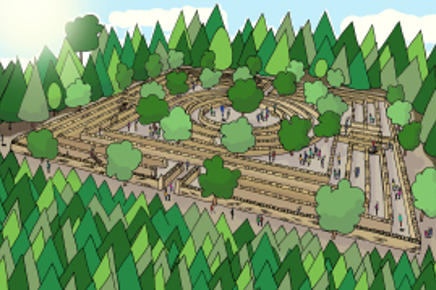

A nice touch
What’s more, members of the public have been welcomed in to leave there mark on the record breaking maze. A workshop has been running allowing members of the public to carve something in stone, this can be anything from a birth date, a wedding anniversary to a stone in memory of someone special. These stones will be incorporated into the final project.
Get involved
The project is still far from completion, meaning we might have to wait about 3-5 years before we are able to see the impressive project completed. It is sure to look A-maze-ing! For more information or if you are interested in carving your own stone Click here.
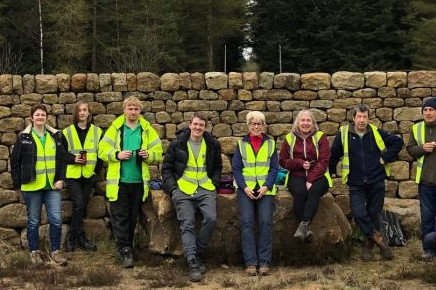
The ecological benefits of building drystone walls.
Wednesday, 25 November 2020 15:58:20 Europe/London
Beneficial
There are many reasons why someone might consider building a drystone wall, these include: setting a boundary around a field, incasing a flower bed or tiering a garden. But one benefit that we often overlook is the ecological impact of building one.
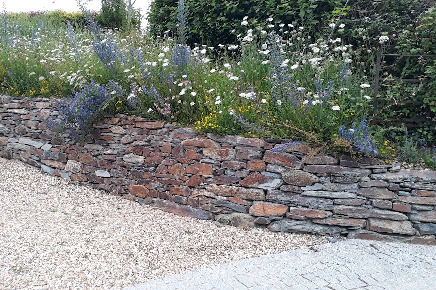

Plant Life
There are many plants which love nothing more then to live out of the gaps of soil between a drystone wall, such as: lavender, primrose, snapdragon and much more, plants with small roots, like the ones listed, are perfect for drystone wall constructions, not only will they have an excellent environment to grow, but they will also add colour to your drystone wall construction and of course combined, these plants help to purify our air.
Insect Life
Once your wall is built it will not take long for the cast of A Bug’s Life to move in. Ants, woodlice, millipedes, spiders and caterpillars will all find there place in your wall. In the end, every foot of your wall will contain at least one species of insect these bugs have various roles including feeding larger critters.


Larger critters
Unfortunately for the bugs, they will attract birds, frogs and lizards which not only use the drystone wall as shelter but also use it as a restocking buffet and help to control the numbers of insects. Even larger animals can benefit from the wall including large mammals which may use the wall as shade or shelter from winds or rain. All in all when you decide to build a drystone wall, you are not just benefiting your garden you are creating a mini eco system.
5 ways to save money on your landscaping project
Friday, 26 March 2021 13:49:33 Europe/London
1) Do it yourself
Labour can be expensive. However sometimes it is worth asking yourself – am I capable of doing a good job of this by myself? We live in a world where there are thousands of Youtube videos on how to do pretty much anything and everything. We also have a selection of guides on our website to aid you in various landscaping scenarios. So perhaps before hiring someone, check out a few videos or guides, you may be surprised just how simple the task might be.
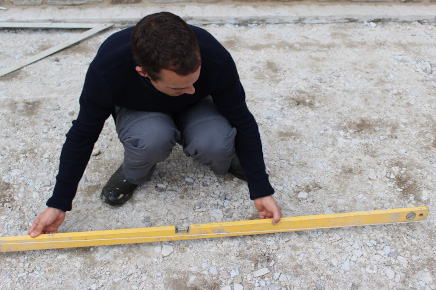
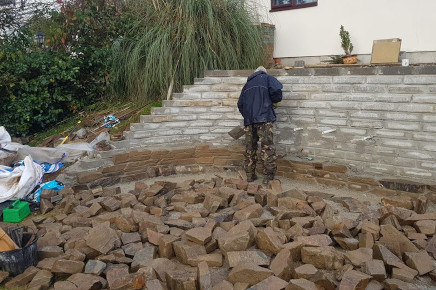
2) Lend a helping hand
Maybe you have decided that perhaps doing the whole project yourself is a little above your capabilities or you do not have the time or confidence to commit to the undertaking. Though you may not be able to do the whole job yourself, sometimes you may be able to help the labourer. For some jobs having an extra pair of hands to mix cement or push the wheel barrow can save hours on the job and therefore save you some money.
3) Carefully choose the materials to fit with your budget
With paving projects for instance, there are many choices of materials, some more costly then others. So it is important to take your time when choosing materials, you will have to weigh up the style you are after with your budget. Feel free to give us a shout on 01579 308234 our friendly staff can talk you through some of the paving options.


4) Careful planning.
Careful planning can save you money in the long run. Not only will having a good plan help the labourer more accurately estimate how long it will take him or her and avoid any nasty surprises it can also prevent mistakes. Even drawing up contingency plans can be useful in case of the unexpected.
5) Pick your labourer wisely
When on a tight budget it can be tempting to go with the cheapest quote with no questions asked. But do your research carefully, just like any other profession there are the “cowboys” and though they may be cheap, incorrectly executing a landscaping task- like paving laying for instance; can be a costly task to set right.


